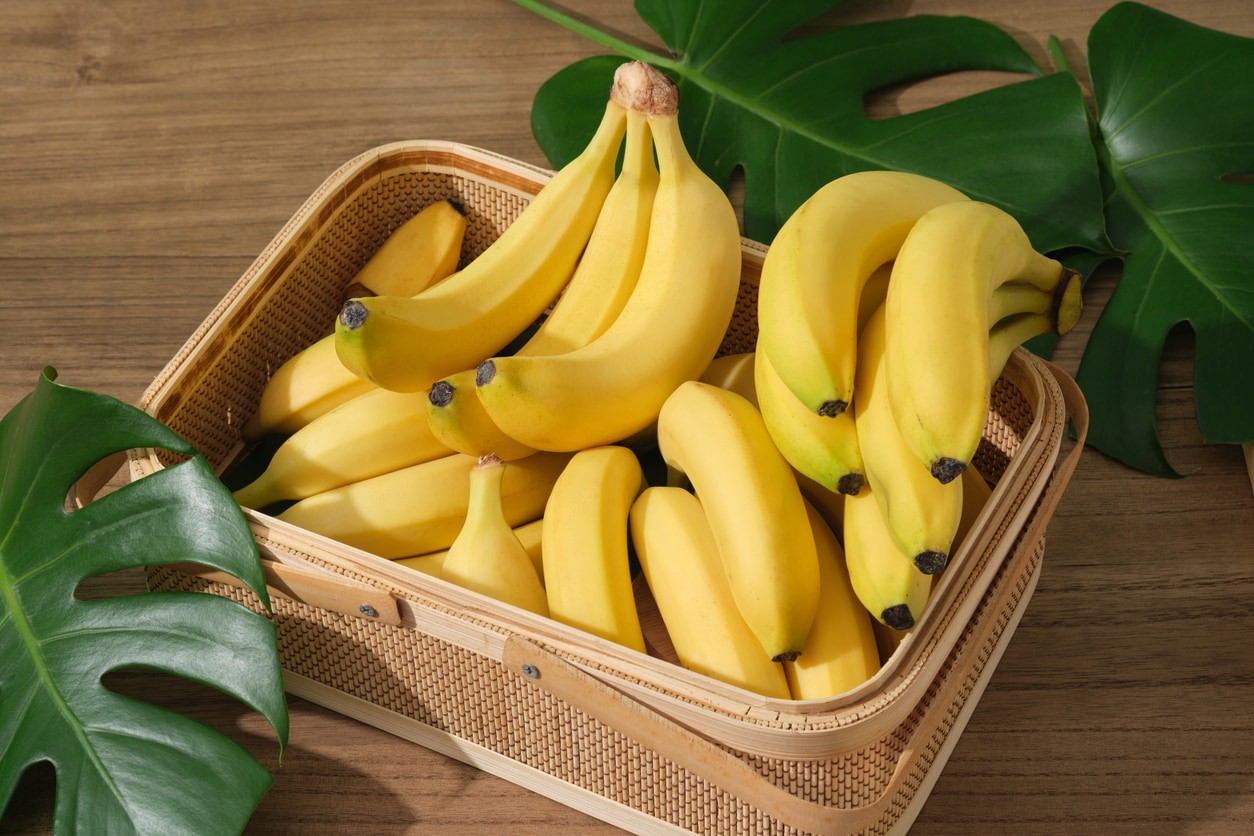Rotis have secured their place as a staple on dining tables across the country. Well, the simplicity of rotis contrasts with the time-intensive process involved in their creation.
Ever thought about how they mass-produce rotis in factories, considering how much time it takes to make them? Let’s take a look into how an organisation efficiently makes rotis for school students, employing healthy and automated methods to streamline the production process.
: Chennai Debuts India’s First Automatic Hakka Noodles Maker. Internet Isn’t Impressed
In a viral video, we witness the process of automatic roti-making in a factory. The initial scene shows a worker attentively overseeing a dough-kneading machine. With precision, he adds water to the dough through a water pipe and container, ensuring the right consistency. As the dough continues to knead, he incorporates oil into the mix. The dough is then transferred to a container and skillfully flattened into thin sheets using a large rolling pin.
The thin sheets then pass through another rolling pin adorned with circular mounds, shaping them into perfectly round rotis. After separating the circular rotis from the excess sheet, they journey through a super-hot chamber, where they are fully cooked. Out come perfectly round, fully cooked rotis, ready to eat!





